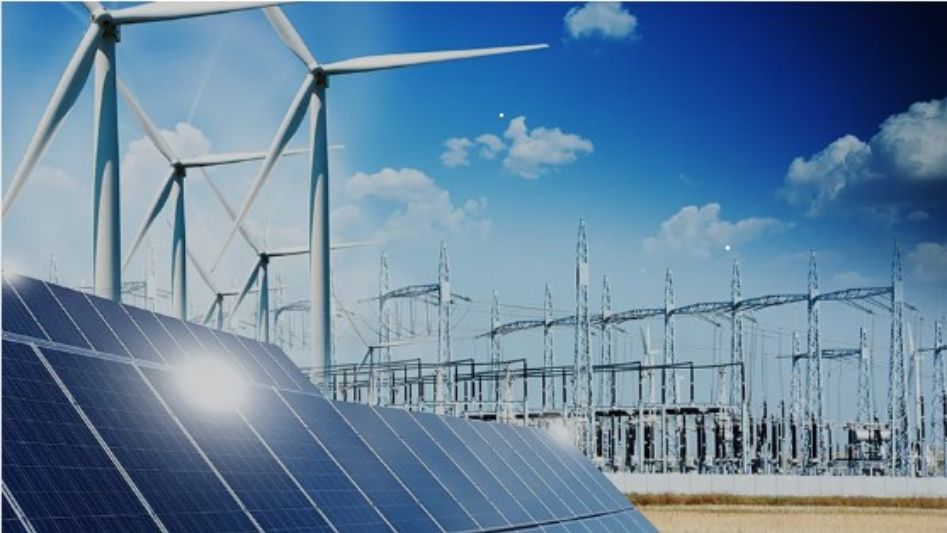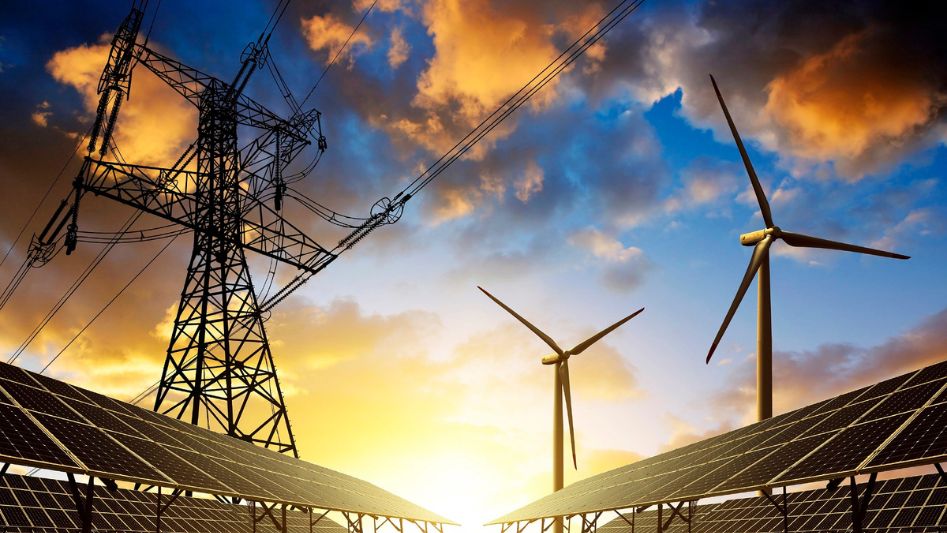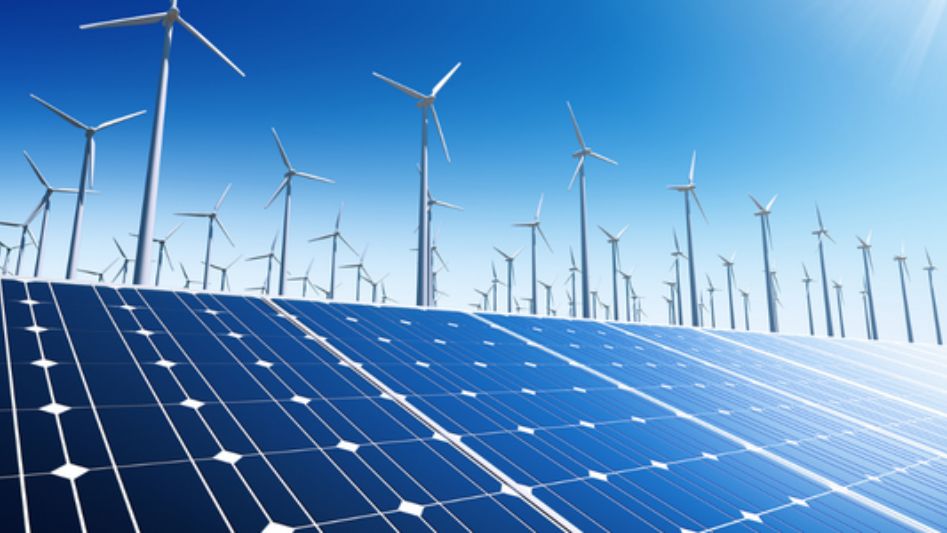In recent years, there has been a growing interest in renewable energy sources, as people become more aware of the need to reduce carbon emissions and mitigate climate change. Green energy, such as wind, solar, hydro, and geothermal, has the potential to replace traditional fossil fuels and transform the power grid. This article explores how green energy is revolutionizing the power grid, the benefits and challenges of using renewable sources of energy, and the future of the energy sector.
Table of Contents

The Shift Towards Green Energy
The power grid has traditionally relied on fossil fuels such as coal, oil, and gas to generate electricity. However, the increasing use of renewable energy sources is changing the way we produce and consume energy. In the past decade, the use of green energy has increased significantly, and many countries are now setting ambitious targets for renewable energy production.
Benefits of Using Green Energy
Green energy has several advantages over traditional fossil fuels. Here are some of the benefits of using renewable sources of energy:
- Reduction in carbon emissions: Green energy sources produce little to no carbon emissions, which can help reduce greenhouse gas emissions and mitigate climate change.
- Lower costs: Renewable energy technologies have become more cost-effective, and as production scales up, costs are expected to continue to decline.
- Improved energy security: Using green energy sources can reduce dependence on foreign oil and gas, improving energy security.
- Job creation: The renewable energy sector has the potential to create millions of jobs worldwide.

Challenges of Green Energy
While green energy has numerous benefits, there are also some challenges to its widespread adoption. Here are some of the challenges of using renewable sources of energy:
- Intermittency: Green energy sources such as wind and solar can be intermittent, which means they are not always available when needed.
- Storage: Renewable energy must be stored when it is produced for use during times when it is not available.
- Infrastructure: The infrastructure required to support green energy production, such as wind turbines and solar panels, can be costly to build and maintain.
- Grid stability: The power grid must be able to handle the fluctuations in supply and demand that come with using renewable energy sources.
Innovations in the Energy Sector
The energy sector is undergoing significant changes as a result of the shift towards green energy. Here are some of the innovations in the energy sector:
- Smart grids: Smart grids use advanced technology to manage the flow of energy and optimize the use of renewable energy sources.
- Energy storage: Innovations in energy storage, such as battery technology, can help overcome the intermittent nature of renewable energy sources.
- Electric vehicles: The growing popularity of electric vehicles is driving demand for renewable energy sources to power them.
- Energy efficiency: Improvements in energy efficiency can reduce overall energy demand and make it easier to transition to renewable energy sources.
The Future of the Power Grid
The power grid of the future will look very different from the one we have today. Here are some of the changes we can expect to see:
- Increased use of green energy: Renewable energy sources are expected to play an increasingly significant role in the power grid.
- Decentralization: The power grid will become more decentralized, with power production taking place closer to where it is consumed.
- Electrification of transportation: The growing demand for electric vehicles will increase the need for green energy sources to power them.
- Increased energy efficiency: Advances in energy efficiency will reduce overall energy demand and make it easier to transition to renewable energy sources.

Conclusion
The shift towards green energy is revolutionizing the power grid and has the potential to transform the way we produce and consume energy. While there are challenges to the widespread adoption of green energy, such as intermittency and storage, advances in technology and infrastructure are helping to overcome these challenges. The future of the power grid will be characterized by increased use of green energy, decentralization, digitalization, and increased energy efficiency. By embracing these changes, we can build a more sustainable and resilient energy system for the future.
FAQ
How does green energy help reduce carbon emissions?
Green energy sources produce little to no carbon emissions during the production of electricity, which can help reduce greenhouse gas emissions and mitigate climate change.
What is the main challenge of using green energy?
The main challenge of using green energy is its intermittency, as green energy sources such as wind and solar can only produce electricity when the wind is blowing or the sun is shining.
What is a smart grid?
A smart grid uses advanced technology to manage the flow of energy and optimize the use of renewable energy sources.
You May Also Like
- THE PROS AND CONS OF NUCLEAR ENERGY IN A GREEN ENERGY MIX
- GREEN ENERGY AND ENERGY EFFICIENCY: WORKING TOGETHER FOR A GREENER FUTURE
- RENEWABLE ENERGY AND GRID MODERNIZATION: A MATCH MADE IN HEAVEN
- THE LESSONS OF NUCLEAR POWER FOR THE FUTURE OF RENEWABLE ENERGY
- HOW SOLAR & STORAGE PROVIDES POWER FOR EMERGENCY OPERATIONS
